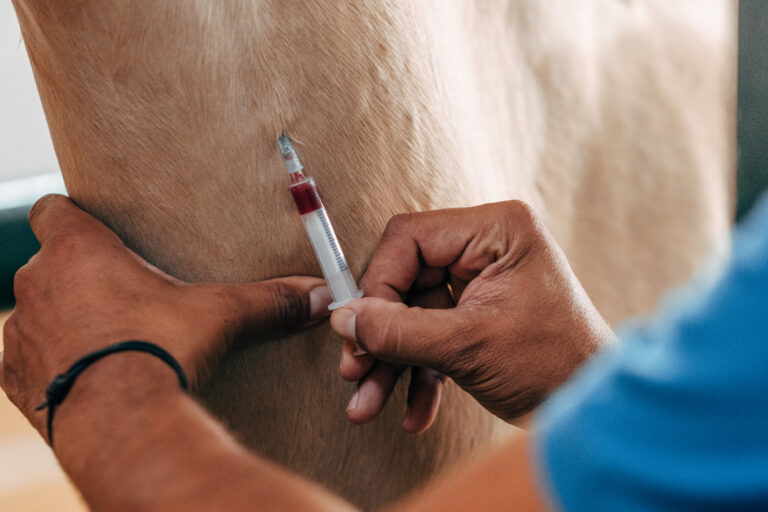
It is often said that there are only three ways to increase revenue in a veterinary business: Working more by increasing the number of hours and days worked, charging more by increasing the fees charged or spending more time on the most profitable services, or spending less by decreasing the expenses incurred while doing the work.
Certainly, in equine practice, the first idea is a non-starter, as practitioners are seeking more personal time in their lives, not more time at work. The second idea, raising fees on services, is critical in some practices that have let expenses increase without concomitant changes in their prices, but there is also an upper limit in many areas of what horse owners are able and willing to pay for veterinary services. The majority of horses are a luxury or recreational item, not a basic necessity, but regional economics do play a part in setting fees. The third way of increasing profits, by spending less on the associated expenses, is difficult after correcting simple unnecessary costs. So, what is a practice owner to do?
Importance of Revenue Wholeness
Revenue wholeness is often not top of mind. Capturing all the revenue that is possible from the clinical work that you do is critical to financial success. Because the expenses of providing a service remain the same whether you get paid for the service or not, profit can dip sharply when invoices are not inclusive of all work done, or when discounts are given.
Some practitioners have never thought much about the importance of profit as long as they can pay their bills, but having a return on the investment of owning and managing a business is critical. Profit is used to pay the principal and interest on loans, buy needed items with cash, fund employee raises, and create practice value beyond the fair market value of the practice’s used equipment. Owning a business without profit is really just owning a job.
How to Capture All Revenue for Provided Services
Capturing all the revenue for the services you provide and the dispensed items that your clients purchase is critical to the successful operation of the practice. This means making sure all items end up on the invoice. Most practices fail to bill for every service rendered and item dispensed. It is easy to forget all the steps at an emergency, especially when rushed to attend another. Creating systems to have complete invoices can make a notable difference. Having more than one person review invoices or methodically reliving every step of your visit can help. Second doses of sedation, bandages and dispensed items are common areas of loss, so pay particular attention to these things.
The Perils of Discounting
Another place where profit leaks away is from discounts. Discounting is common among many veterinarians and clearly illustrates their discomfort with money and the value of their services. Having your assistant or technician create the invoices can help you break this habit. Another way is to give yourself a budget each year for discounting, and once you have used it, you must stop.
Giving away the practice’s profit through failure to charge for what you do, or through discounting, can be devastating to the bottom line. By capturing the entirety of the revenue for your work, you can achieve your practice’s maximum potential and have more financial security and success.
Disclaimer from sponsor: This content is subject to change without notice and offered for informational use only. You are urged to consult with your individual business, financial, legal, tax and/or other medical providers with respect to any information presented. Synchrony and any of its affiliates, including CareCredit, (collectively, “Synchrony”) makes no representations or warranties regarding this content and accept no liability for any loss or harm arising from the use of the information provided. All statements and opinions in the article are the sole opinions of the author. Your receipt of this material constitutes your acceptance of these terms and conditions.








